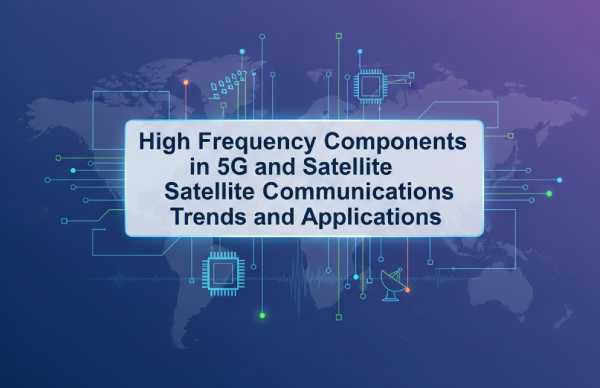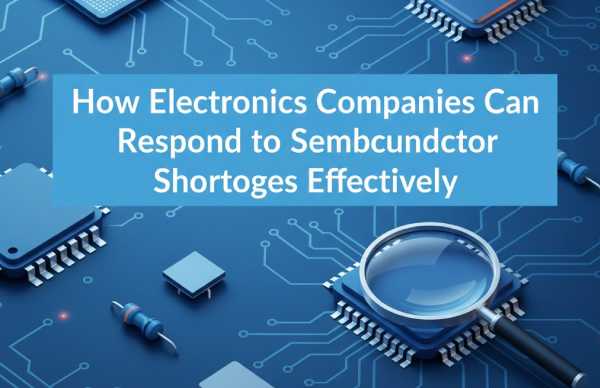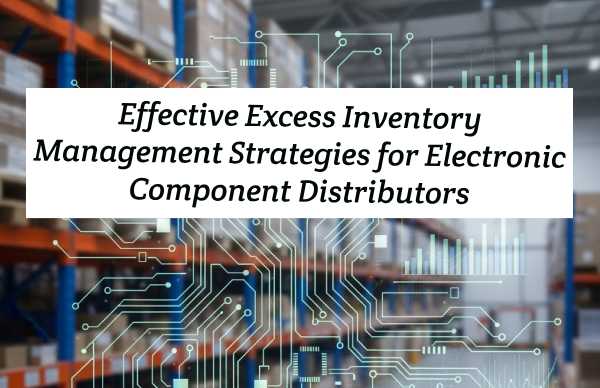The respective signal types are inconsistent (such as sensors detecting light signals), etc. At this time, we should consider using corresponding interface methods to deal with this problem well.
The following explains the key points of 7 commonly used interface types in circuit design:
TTL level interface
Its speed is generally limited within 30MHz. This is due to the presence of several pF input capacitors at the input of the BJT (forming an LPF). If the input signal exceeds a certain frequency, the signal will be "lost". Its driving capacity is generally a maximum of tens of milliamperes. The normal working signal voltage is generally higher, if it is close to the ECL circuit with lower signal voltage, there will be more obvious crosstalk problems.
CMOS level interface
Many people know that under normal circumstances, the power consumption and anti-interference ability of CMOS are much better than that of TTL. But at high switching frequencies, CMOS series actually consume more power than TTL. Since the working voltage of CMOS can be very small at present, some FPGA core working voltages are even close to 1.5V, which makes the noise margin between levels much smaller than that of TTL, thus aggravating the noise caused by voltage fluctuations. Signal judgment error.
As we all know, the input impedance of a CMOS circuit is very high, so its coupling capacitance can be very small, and there is no need to use a large electrolytic capacitor. Since CMOS circuits usually have weak drive capability, TTL conversion must be performed before driving ECL circuits. Also, when designing a CMOS interface circuit, care must be taken to avoid excessive capacitive loading, which will slow the rise time and increase the power dissipation of the driving device (since the capacitive load does not consume power).
ECL level interface
It runs fast and consumes a lot of power! The EMI problem it causes is worth considering, and the anti-interference ability is not much better. If anyone can compromise these two factors, then he (she) should develop Big fortune. It should also be noted that the general ECL integrated circuit needs a negative power supply, that is to say, its output voltage is negative, and a special level shift circuit is required at this time.
RS-232 level interface
It is a low-speed serial communication interface standard. It should be noted that its level standard is a bit "abnormal": the high level is -12V, and the low level is +12V. So, when we try to communicate with peripherals through the computer, a level conversion chip MAX232 is naturally indispensable. But we have to be soberly aware of some of its shortcomings, such as relatively slow data transmission speed and short transmission distance.
Differential balanced level interface
It represents the signal with the relative output voltage (uA-uB) of a pair of terminals A and B. In general, this differential signal will pass through a complex noise environment during signal transmission, resulting in both lines. Basically the same amount of noise, and the energy of the noise will be offset at the receiving end, so it can achieve longer distance and higher rate transmission. The commonly used RS-485 interface in the industry adopts the differential transmission mode, which has a good ability to resist common mode interference.
Optical isolation interface
Optical coupling uses optical signals as the medium to realize the coupling and transmission of electrical signals. Its "benefit" is that it can achieve electrical isolation, so it has excellent anti-interference ability. Under the condition of high operating frequency of the circuit, basically only the high-speed photoelectric isolation interface circuit can meet the needs of data transmission.
Sometimes in order to realize the control of high voltage and high current, we must design and use the optical isolation interface circuit to connect these low-level, small current TTL or CMOS circuits as mentioned above, because the input circuit and output circuit of the optical isolation interface The room can withstand a high voltage of several thousand volts, which is enough for general applications. In addition, the input part and output part of the optical isolation interface must use independent power supplies, otherwise there is still an electrical connection, so it is not called isolation.
Coil Coupling Interface
It has good electrical isolation characteristics, but the allowable signal bandwidth is limited. For example, transformer coupling, its power transmission efficiency is very high, and the output power is basically close to its input power. Therefore, for a step-up transformer, it can have a higher output voltage, but it can only give a lower current.
In addition, the high-frequency and low-frequency characteristics of the transformer are not optimistic, but its biggest feature is that it can realize impedance transformation. When matched properly, the load can obtain enough power. Therefore, the transformer coupling interface is important in the design of power amplifier circuits. very popular.



























